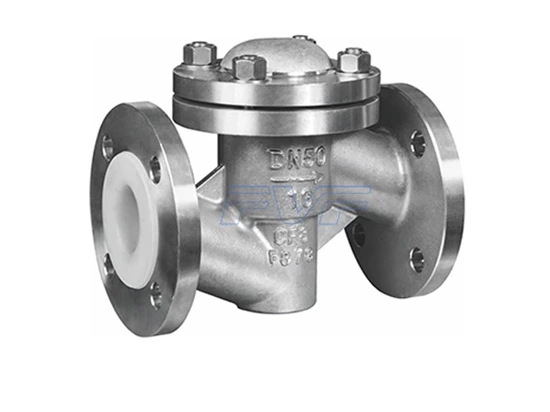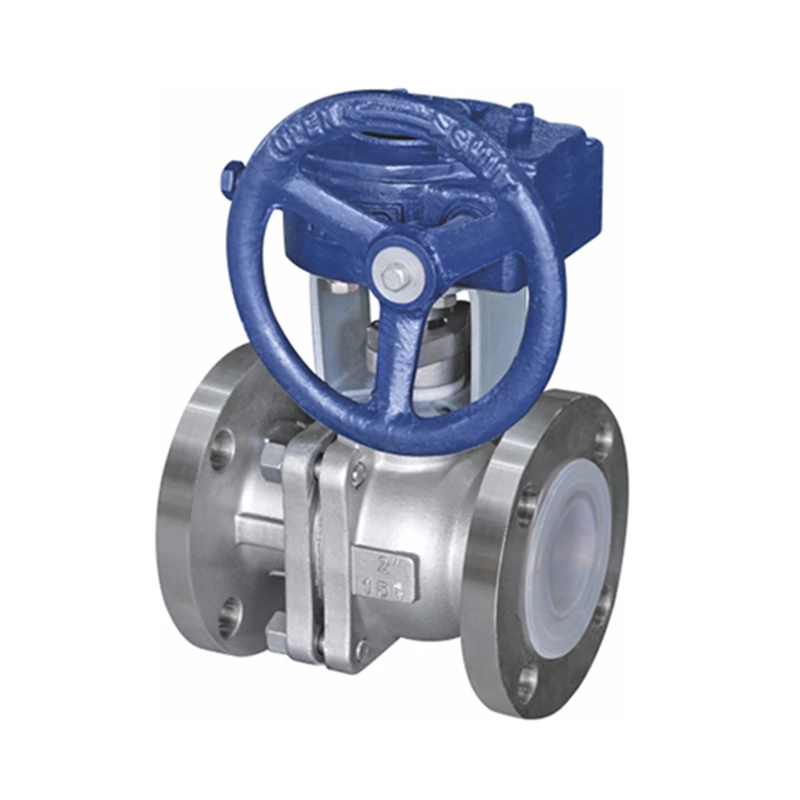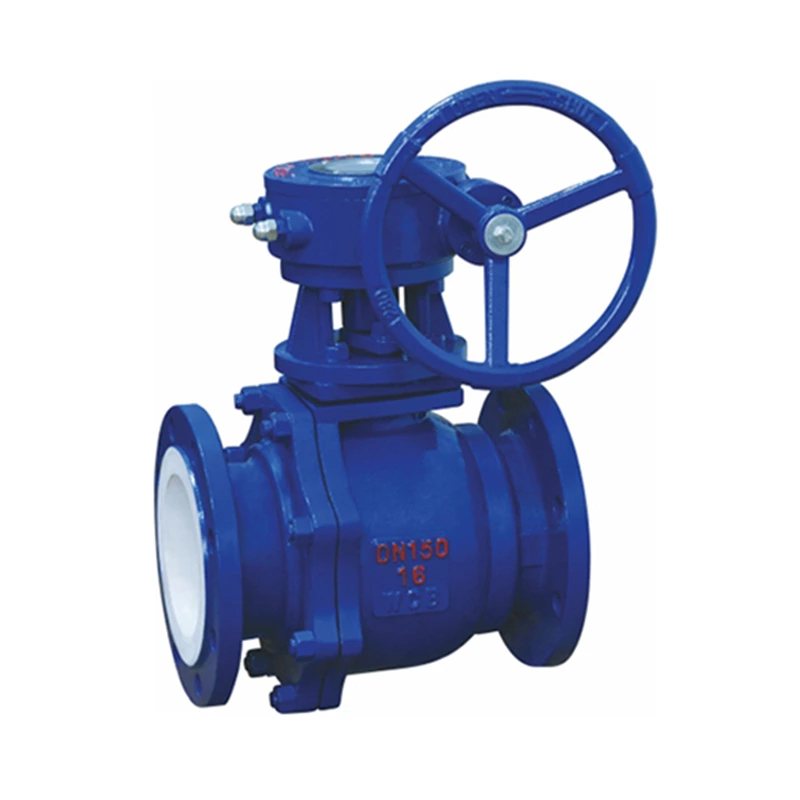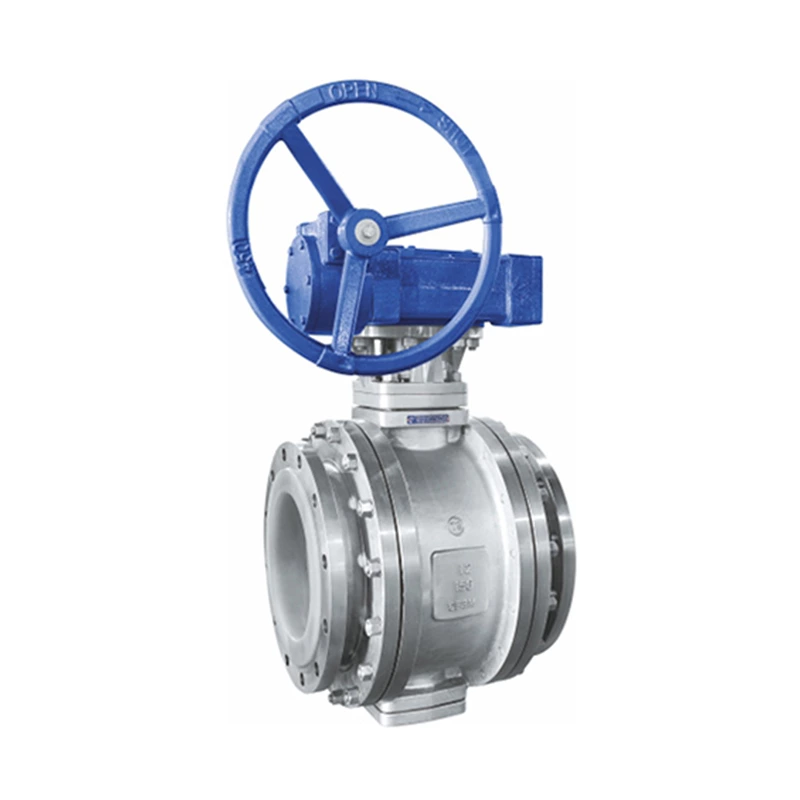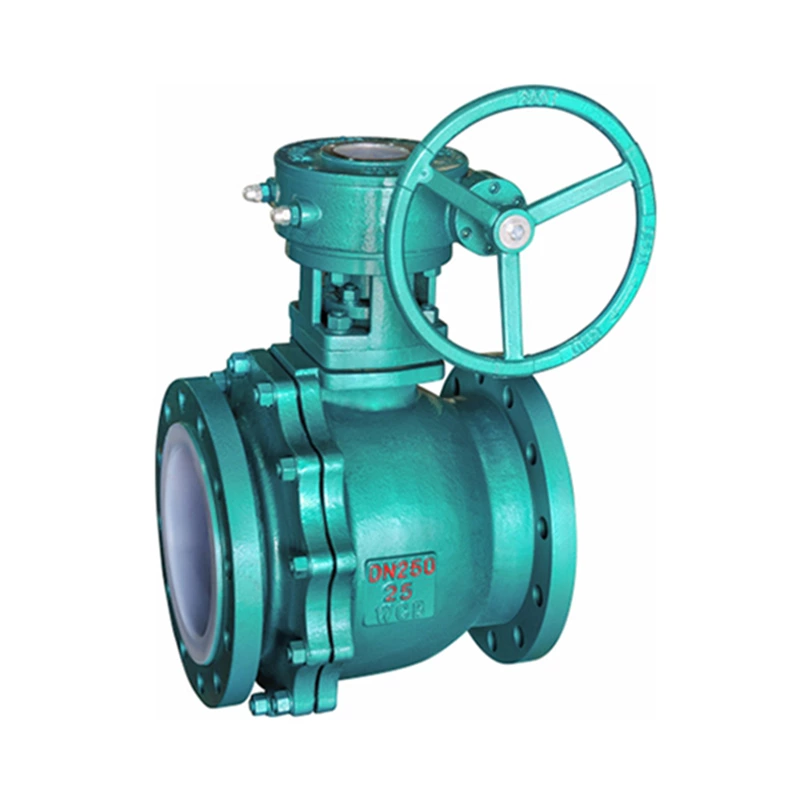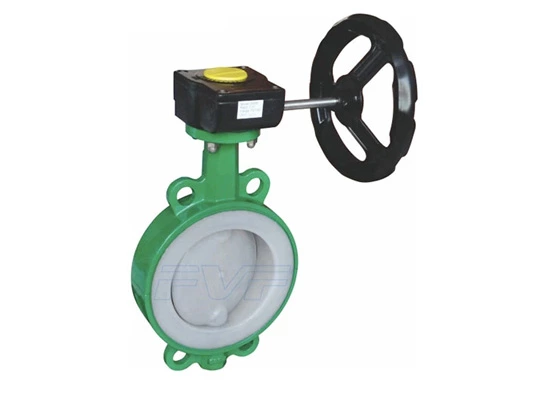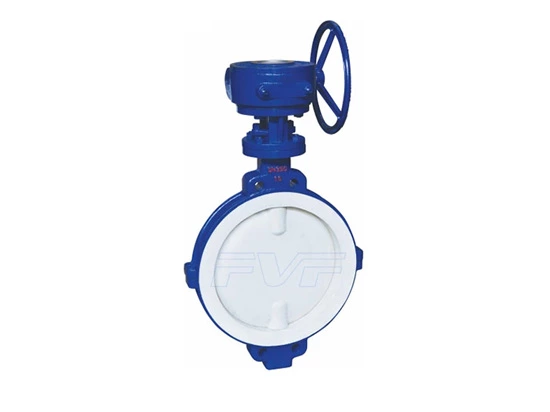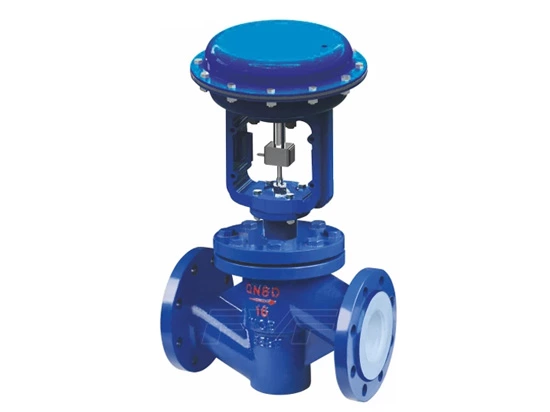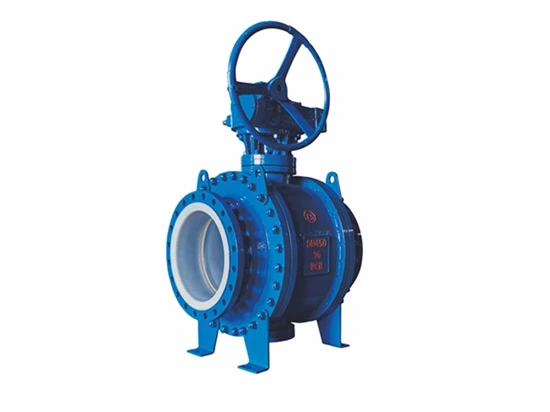Detailed Explanation Of The Working Principle Of Fluorine-lined Check Valve
In the chemical, pharmaceutical, and environmental protection industries, the transportation of corrosive media is an important issue. In order to effectively solve this problem, fluorine-lined check valves came into being. This article will introduce the working principle, characteristics, and application scenarios of fluorine-lined check valves in detail to help everyone better understand this important valve equipment.
What is Lined Check Valve?
Fluorine-lined check valves are a special type of check valve that is lined with fluoroplastics (such as polytetrafluoroethylene PTFE) and has excellent corrosion resistance. It is mainly used to prevent the backflow of media in pipelines and ensure that the media flows in the predetermined direction.
Working principle of fluorine-lined check valves
Forward flow
When the medium in the pipeline flows in the designed direction (i.e. forward), the pressure of the medium acts on the valve disc, causing the valve disc to open and allow the medium to pass. At this time, the valve disc remains open under the action of the fluid pressure, and the medium can pass through the valve smoothly.
Reverse flow
When the medium tries to flow in the reverse direction, the reverse fluid pressure acts on the valve disc, forcing the valve disc to close. The valve disc fits tightly on the valve seat under the reverse pressure of the fluid and its own gravity or spring force (if there is a spring), thereby preventing the medium from flowing back.
Fluorine-lined check valve lifting type
Characteristics of fluorine-lined check valve
1. Excellent corrosion resistance: Valves lined with fluoroplastic materials (such as PTFE) can resist the erosion of corrosive media such as strong acids and alkalis.
2. Good high temperature resistance: Fluorine plastic materials have good high temperature resistance and can remain stable under high temperature environments.
3. Excellent sealing performance: The flexibility and wear resistance of fluoroplastic materials make the valve have good sealing performance and can effectively prevent medium leakage.
Structural composition of fluorine-lined check valve
Valve body: usually made of cast iron, carbon steel or stainless steel, and lined with fluoroplastics inside.
Valve disc: made of corrosion-resistant material and covered with a fluoroplastic layer to ensure that the medium does not come into direct contact with the metal.
Valve seat: also made of corrosion-resistant material to ensure good sealing with the valve disc.
Valve cover: used to fix and protect the valve disc and other internal structures.
Application scenarios of fluorine-lined check valves
1. Chemical industry: used to transport corrosive media such as acids and alkalis.
2. Pharmaceutical industry: high-purity and pollution-resistant media need to be transported during the pharmaceutical process.
3. Environmental protection industry: used for sewage treatment and waste gas treatment systems.
4. Food and beverage industry: ensure the purity and pollution-free of the transported media.
Conclusion
As a valve with strong corrosion resistance and good sealing performance, fluorine-lined check valves have been widely used in chemical, pharmaceutical, environmental protection and other industries. Through the introduction of this article, I hope that everyone has a deeper understanding of the working principle, characteristics and application scenarios of fluorine-lined check valves, so that they can better select and use fluorine-lined check valves in practical applications.
